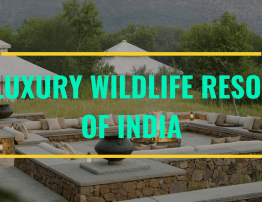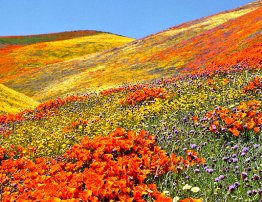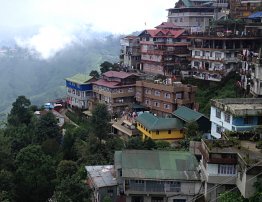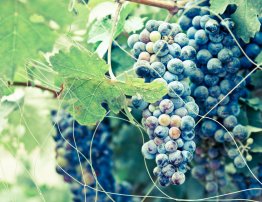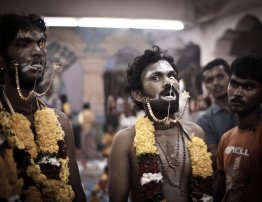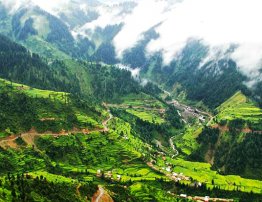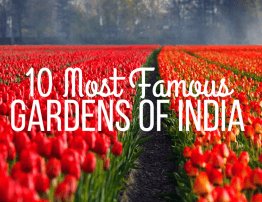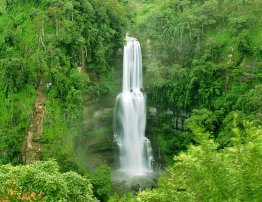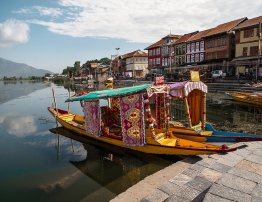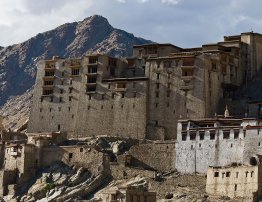Palakkad
Introduction:
The district of Palakkad is known as the granary of Kerala. Palakkad is a land of valleys, hillocks, rivers, forests, mountain streams, dams and irrigation projects. Palakkad is situated in the foot of the Western Ghats, and the gateway to Kerala from north. Palakkad district has its own special characteristics. Palakkad is known as the Granary of Kerala. The district has vast stretches of lush green paddy fields, with tributaries of Bharathapuzha river criss-crossing it. Palakkad was known as Palghat during British rule.
Paddy Field in Palakkad
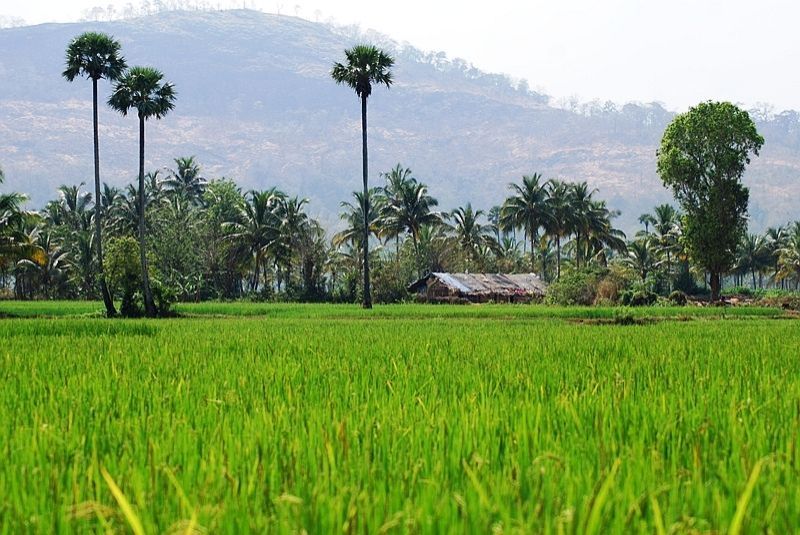
Photo Credit: Rajesh Kakkanatt
Destination Facts:
Location: Kerala, In District Palakkad
Altitude: 84 Meters
Area: 4480sq km
Temperature: (summer 32 to 38°C) & (winter 17 to 30°C)
Languages spoken: Malayalam, English, Hindi and Tamil
Getting there:
Nearest Airports: Coimbatore is the nearest airport.
Main Railway Station: Palakkad itself has a railway station.
Main Bus Station or Road: KSRTC buses are plenty which are connecting all the major cities of Kerala.
Distance of a few Major Towns from Palakkad:
Coimbatore-49km, Pudukad-91km, Ooty -121km, Tirur-89km, Munnar-153km.
Places of Tourist interest:
Ottapalam:
A town close to Palakkad, Ottapalam known for its heritage & culture, is also known to have played host to various historical events. The main attraction here is the Chinakathoor Kavu Temple, where the annual Chinakathoor Pooram is held annually.
Palakkad Fort:
The Palakkad Fort is the most popular attraction in the area. A famous historical edifice, the fort was built by Haider Ali in the year 1776 and is noted for its granite structure. This is of the most preserved forts in Kerala. Besides admiring the archaeological structures of the fort, an evening walk here reveals some of the most exotic sceneries.
Dhoni:
Dhoni is a quaint little village around 15 km from Palakkad. The village shares its border with Western Ghats on the Northern side. The main attractions here are the Dhoni waterfalls and the forests of Western ghats. Trekking is possible here and tourists get a good chance to explore the natural vista of the area.
Kanjirapuzha:
Kanjirapuzha is a small town around 38 km from Palakkad. The main attraction here is the beautiful dam that is surrounded by hills offering panoramic views of the area. The evergreen forest of Vettilachola lies just behind the reservoir. The dam is abundant with fishes that are fostered by the fisheries department.
Jain Temple:
The temple has four divisions with images of Jain Thirthankaras and Yakshinis in three of them. Another attraction here is the Jain house, where the legendary poet Kumaranasan wrote his monumental poem Veenapoovu (The fallen flower).
Kalpathy Temple:
The temple is dedicated to Lord Shiva and is approximately 3 km from Palakkad. The best time to visit the temple is during the annual 7-day chariot festival as thousands of deity come to the temple to offer their reverence. The main highlight of the Rath fair is the elaborately embellished Rath or chariot that is taken out for procession in stately grandeur.
Pattambi Nercha:
A beautiful mosque located at a distance of 61 km from Palakkad, Pattambi Nercha is known for its annual feast held in the month of February. The feast is held in order to commemorate Aloor Valiya Pookunjkoya Thangal - a Muslim saint of South Malabar. During this feast the whole town is lit up and traditional music ensembles like 'Panchavadyam' and 'Thayambaka' are taken out for processions during the night. Various traditional arts are performed on the banks of river Bharathappuzha.
Silent Valley National Park:
The core of the Nilgiri Biosphere Reserve, the Silent Valley National Park is probably one of the most magnificent gifts of nature to mankind, a unique preserve of tropical rain forests in all its pristine glory with an almost unbroken ecological history. Silent Valley is closed on all sides with high and continuous ridges and steep escarpments, as a result the valley is shielded from the extremes of climate as well as anthropogenic interventions and so it remained an ecological island with a special micro climate. The river Kunthi descends from the Nilgiri Hills above an altitude of 2000 m and traverses the entire length of the valley finally rushing down to the plains through a deep gorge.
Getting around the destination:
Auto rickshaws, taxies and KSRTC bus service are found here for local places to visit.
Best time to visit:
October to March is the best time to visit the destination.
Festivals:
Nenmara Vallengy Vela is celebrated in the month of March and April.
Kalpathi Rathotsav is celebrated in the month of November.
 Use Coupon code
Use Coupon code



